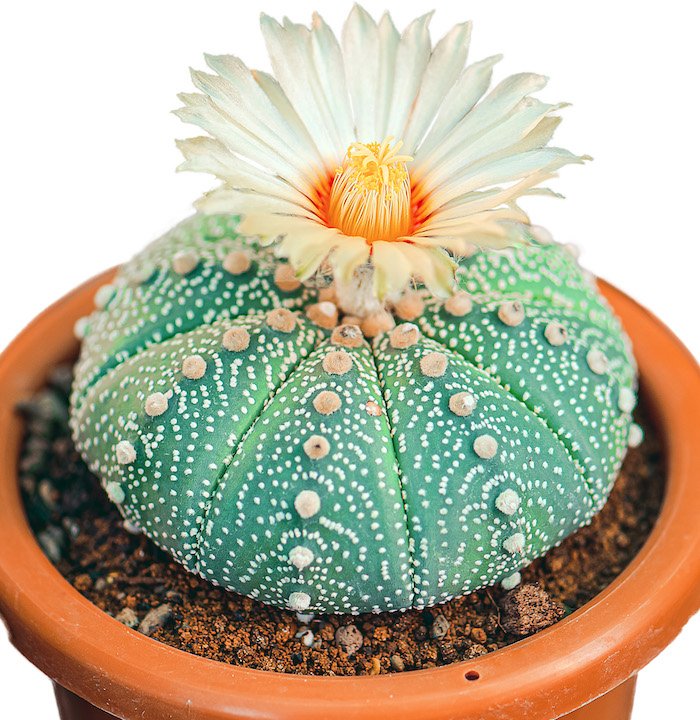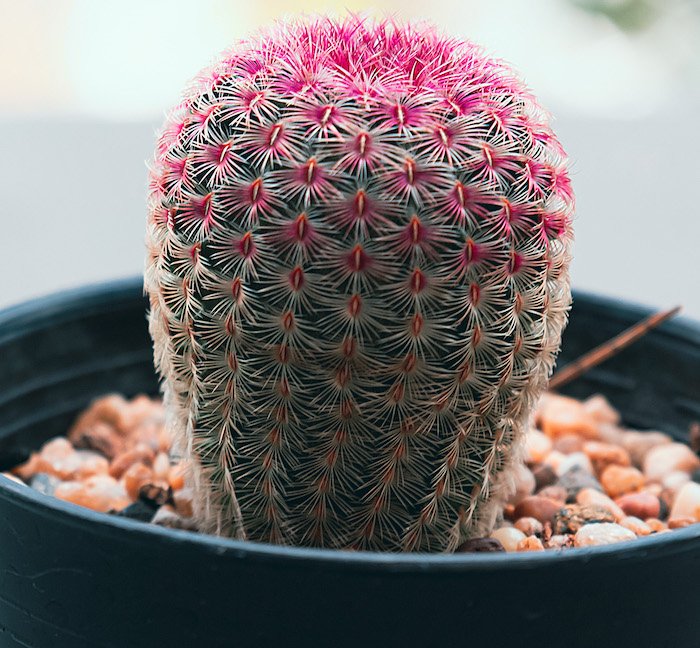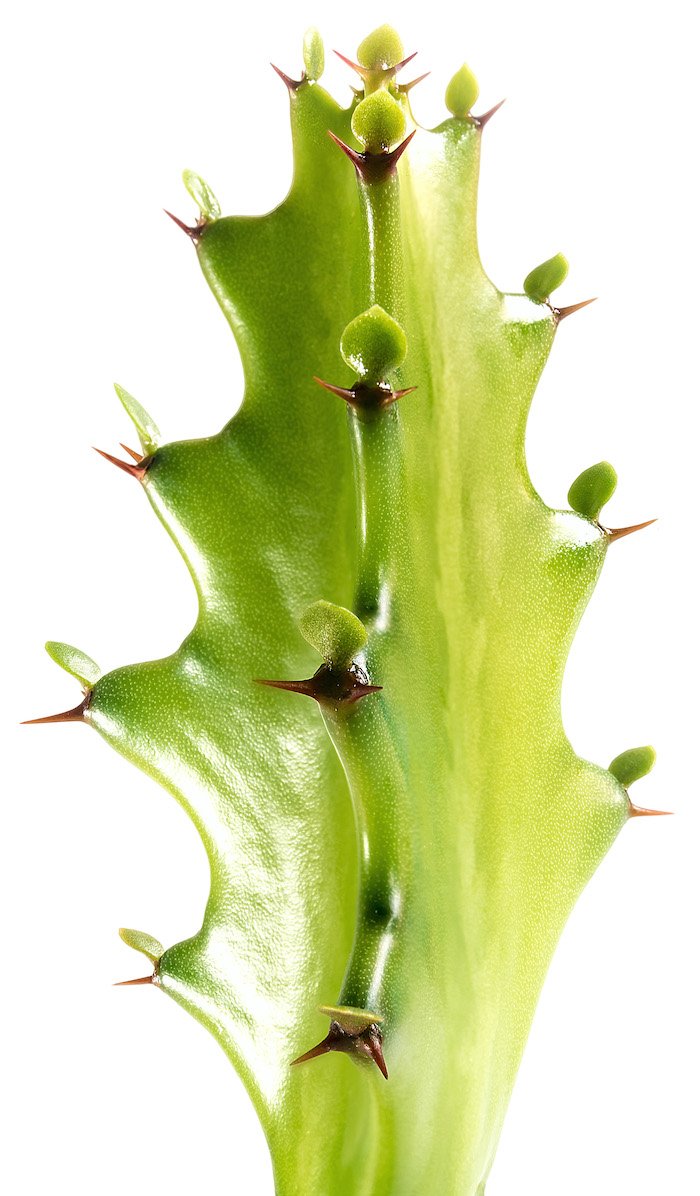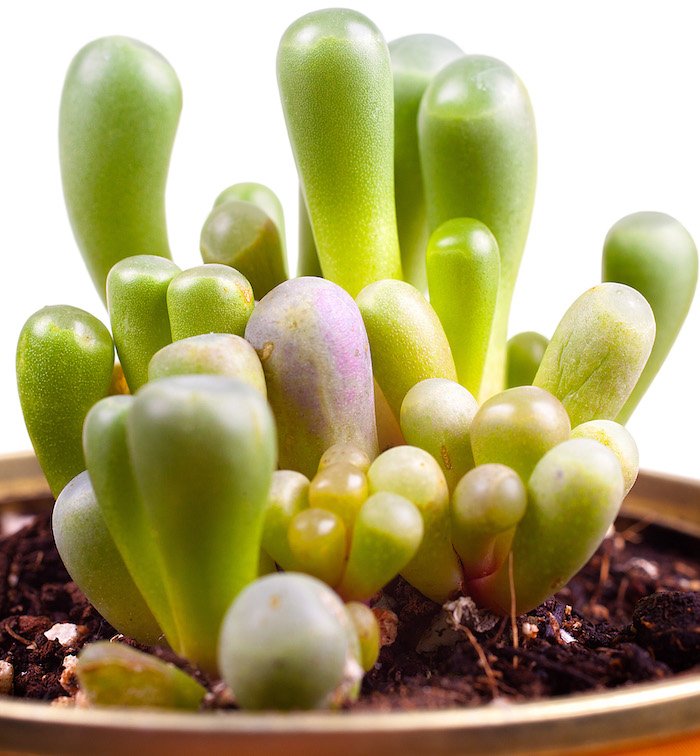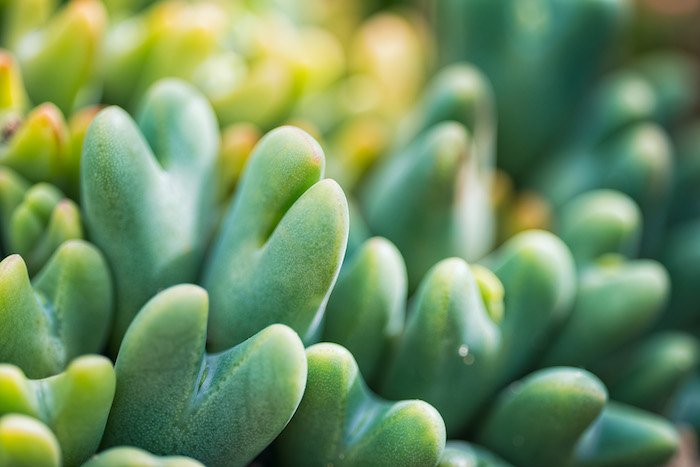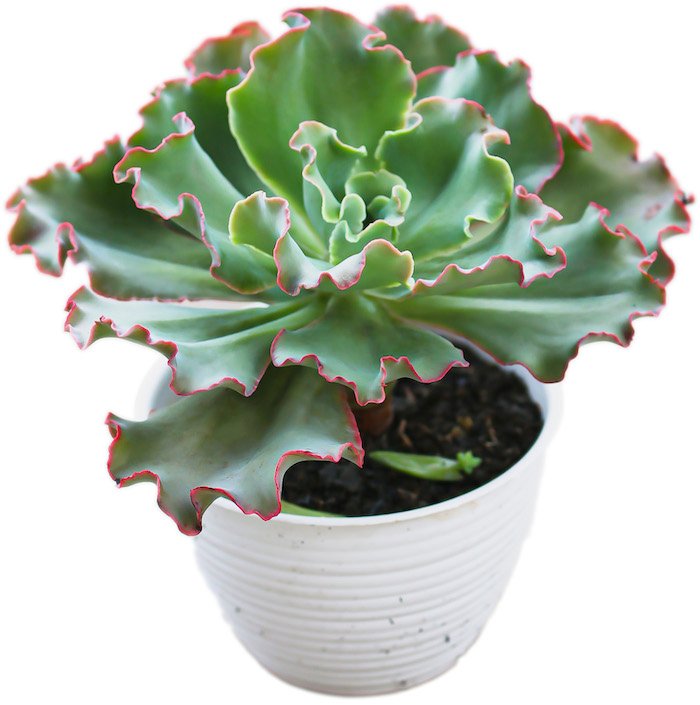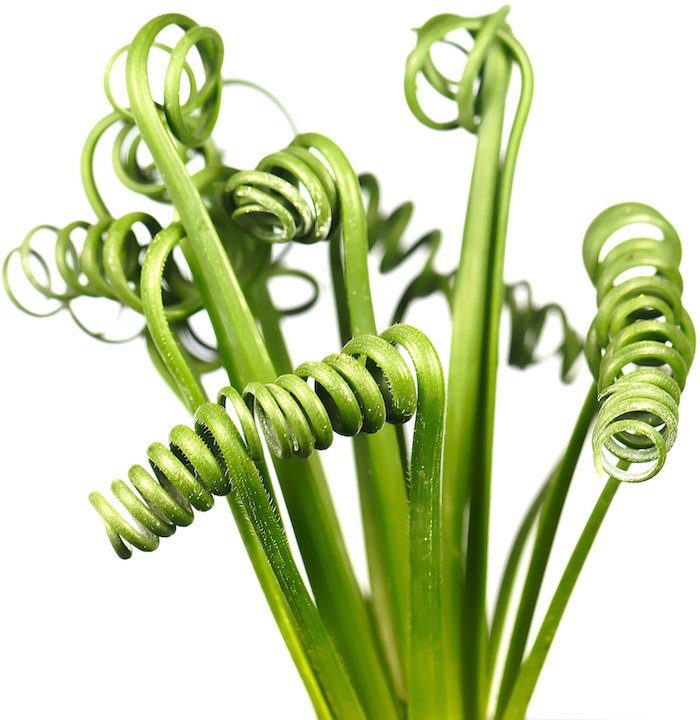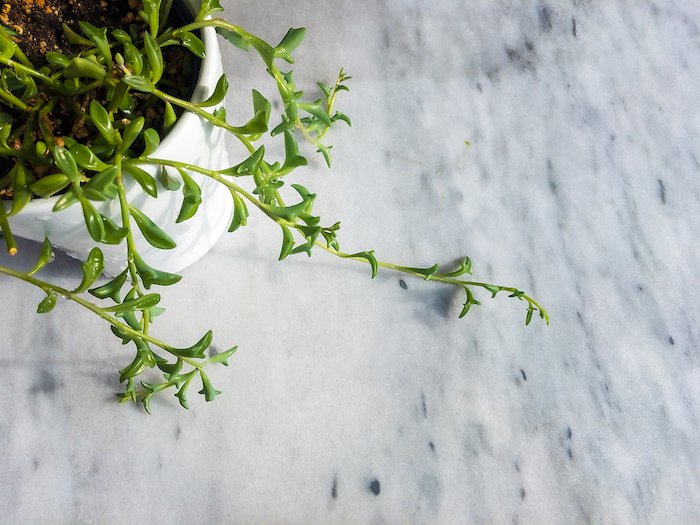Succulent Splendor
Plant Biology
In the last few decades, succulent popularity has really shot up. The variety of shapes, sizes, and colors makes them the perfect centerpiece on coffee shop tables, decorations on living room mantles, or adornments on office desks.
But these trendy plants are loved for more than just their beauty. Succulents are some of God’s hardiest creations, able to survive and thrive in tough places, like their native arid and semiarid habitats—or on the windowsills of those with a brown thumb. Enjoy caring for your own succulents at home—and let their wild varieties remind you of their Designer’s inexhaustible creativity.
Unbe-leaf-able Plants
Even if you’re not a gardener, the word succulent might sound familiar to you. It’s often used to describe particularly juicy foods like hamburgers or grapes. Derived from the Latin sucus, which means juice, the name succulent stems from their thick, fleshy leaves or stems that are filled with storage tissues called parenchyma cells. Most succulent leaves are covered with a waxy coating that keeps the water inside from evaporating. These features allow succulents to survive on sparse water resources.
Looking Sharp
Despite the spines on cacti, many people are crazy about them. Cacti are a type of succulent, though not all succulents are cacti. Since they’re leafless, cacti store moisture in their fleshy stems. Their needle-like spines protect them against not only predators, but also the sun, shading their stored water to prevent evaporation.
Grow with the Flow
The best way to care for a succulent is to let it be. Overwatering is more dangerous to the plant’s survival than underwatering. If a succulent’s roots sit in moisture for too long, they will rot. If you have a succulent, let its soil become completely dry before giving it a drink.
Like any plant, succulents require sunlight, but too much and they’ll burn. Brown or beige patches on the leaves signal that your plant needs some shade or has had too much water.
Bud in the Oven
When it comes to reproduction by seed, some succulents require pollination, but most rely on cuttings and offsets. Cuttings occur when a leaf falls or is cut off the plant. After drying out, the leaf will grow roots and can then be planted. Offsets are baby plants that grow from the base of a parent plant. They are often referred to as pups or chicks.
Answers Magazine
July–September 2023
The undercurrent of Critical Race Theory is tugging students away from God’s Word. How should parents respond?
Browse IssueRecommended Resources

Answers in Genesis is an apologetics ministry, dedicated to helping Christians defend their faith and proclaim the good news of Jesus Christ.
- Customer Service 800.778.3390
- Available Monday–Friday | 9 AM–5 PM ET
- © 2025 Answers in Genesis





